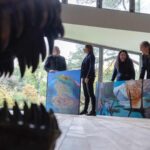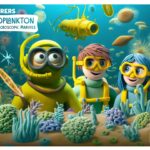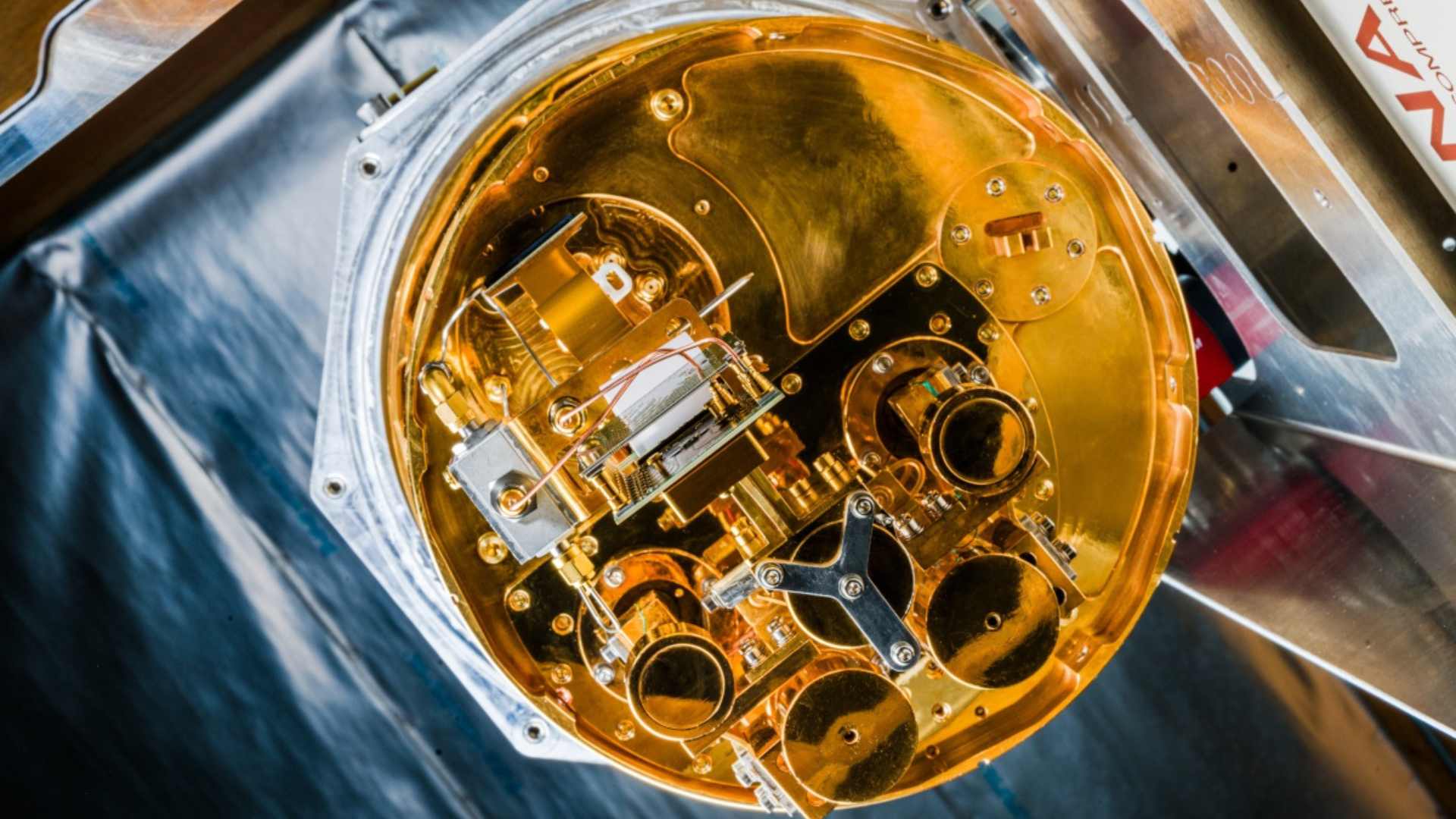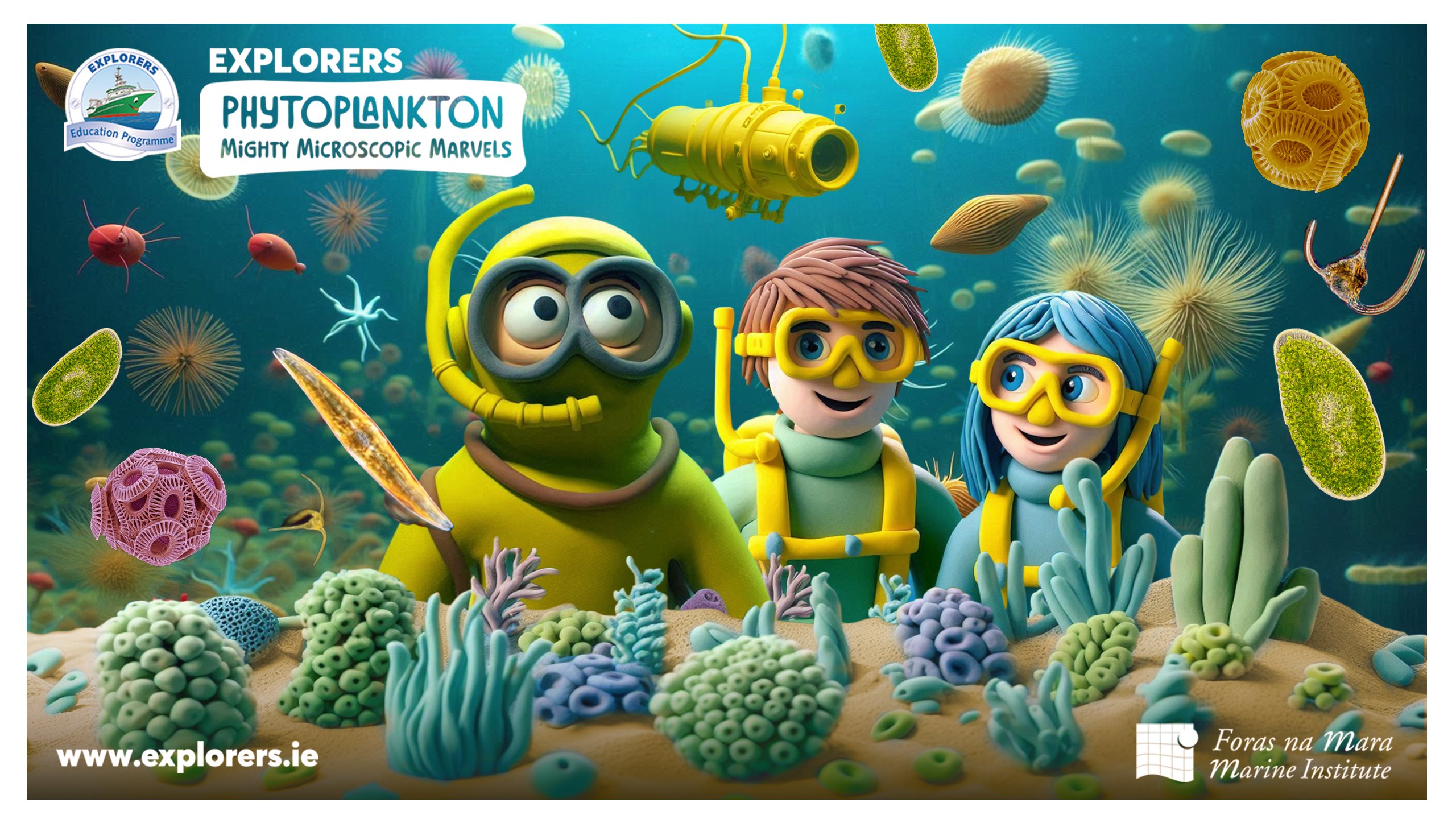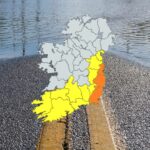
Fossil exhibition brings Ireland’s dinosaurs to life at UCC
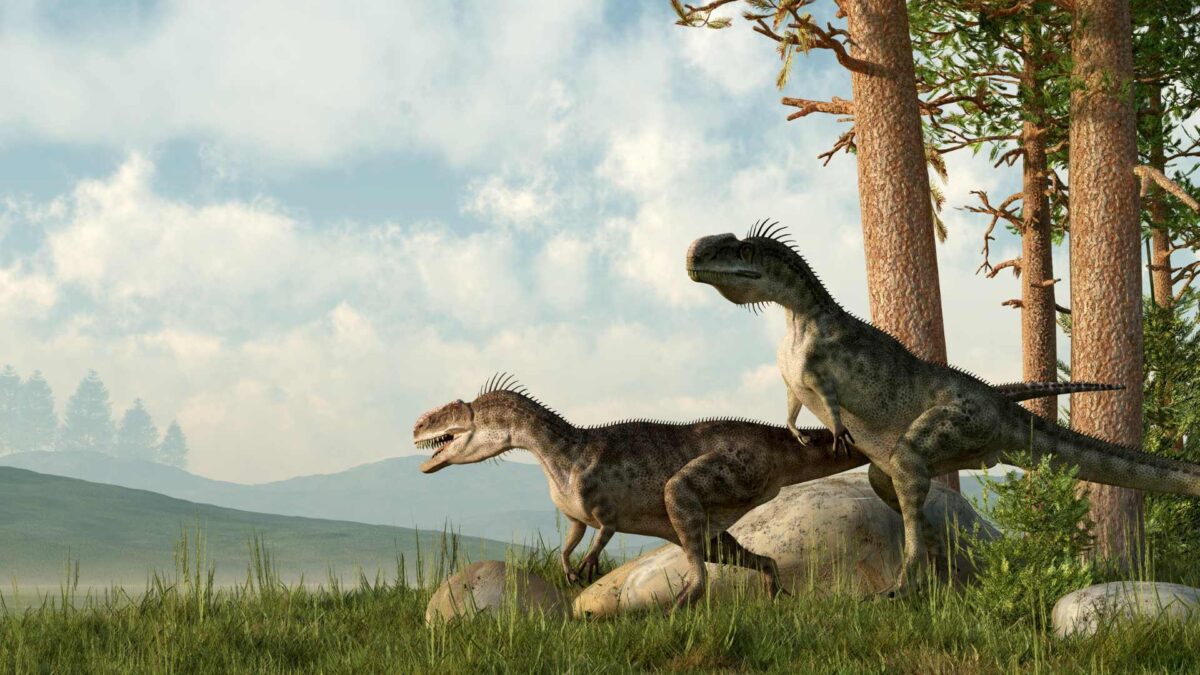
Over 250 original fossils, including bones from the only dinosaurs ever discovered in Ireland, will go on public display for the first time in a major new exhibition at University College Cork.
The Domain of the Dinosaurs opens at UCC’s Glucksman Gallery on Sunday 16 November and will run until 12 April 2026. The exhibition will feature skeleton casts of the Irish dinosaurs Megalosaurus and Scelidosaurus, as well as Iguanodon, marine reptiles and pterosaurs, the flying cousins of dinosaurs.
The fossils will be displayed alongside newly commissioned artworks by Irish artists, connecting the ancient specimens to the modern world. The exhibition also includes older Irish fossils from before the age of dinosaurs, offering a glimpse of the island in deep time.
This is the largest dinosaur exhibition ever held in Ireland, with more than five tonnes of material on display. A team of twelve specialists from three countries will take a week to assemble the skeletons.
The centrepiece of the exhibition is the skeleton casts of Megalosaurus and Scelidosaurus, based on bones discovered in the 1980s by the late Roger Byrne, a schoolteacher and fossil collector, on a beach in Co. Antrim. Scelidosaurus was an armoured herbivore while Megalosaurus was a two-legged predator. Visitors will also see fossilised dinosaur eggs, footprints and even fossilised dinosaur droppings.

Professor Maria McNamara, Professor of Palaeontology at UCC, said the exhibition offered a chance to explore Ireland as it was during the age of dinosaurs. “Ancient Ireland would be unrecognisable today. Land and sea ecosystems were dominated by reptiles, with many unfamiliar plants and animals. Visitors can see real fossil evidence of those extinct creatures, including insects, giant flying reptiles, marine predators such as ichthyosaurs and plesiosaurs, and more.”
Professor Fiona Kearney, Director of the Glucksman Gallery, said the inclusion of contemporary Irish art provided a creative response to the fossils and current research. “The artists bring a fresh lens to pioneering scientific research and help the public engage with the natural world in imaginative ways,” she said.
Professor McNamara added that fossils help scientists understand evolution, climate change and biodiversity, while also inspiring reflection on humanity’s place in time.
UCC President Professor John O’Halloran said the exhibition demonstrated the university’s commitment to cultural and scientific engagement. “We look forward to welcoming generations of curious minds to the Glucksman for this special exhibition,” he said.
The exhibition will include tours led by palaeontologists, panel discussions with international experts, public lectures and creative workshops for all ages. School groups can book guided tours and hands-on workshops from December to April.
The exhibition is open to the public Tuesday to Saturday from 11am to 5pm. General admission is free, with guided tours given priority access.
Share this WeathÉire story:
